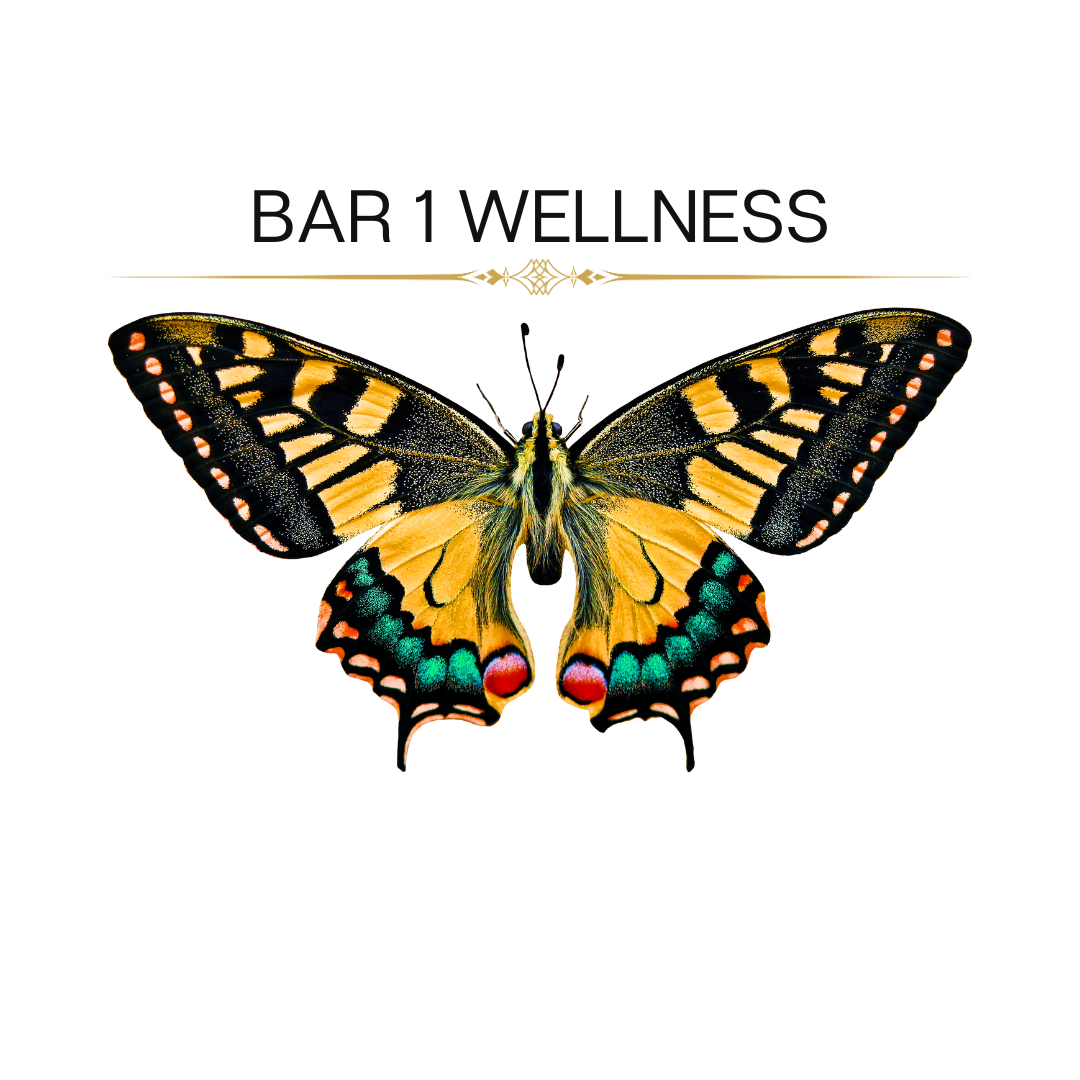Let’s talk about skin, the largest of our living breathing organs. This time of year it’s prone to more than a few discomforts; drying, cracking, flaking, itching. Sound familiar?
Nourishing our skin, starts with staying hydrated (herbal teas and bone broths are great) and incorporating plenty of antioxidant rich spices and herbs into beverages and meals (rose hips, garlic, turmeric, rosemary, parsley, and sage). Also, don’t forget to “Move That Body” Ha! 90’s techno said it best! Whatever your jam, movement helps circulate fresh oxygenated blood throughout the system which stimulates the lymph, improves overall cell function and complexion all in one!
Topical Nourishment
If you’ve been following me for awhile you know I love to encourage making products at home. When we do this, it cuts costs as well as the harmful and toxic chemicals while allowing for personalized touches while promoting sustainability nourishment. Heck, it’s even a little ego boost to say, “I made that”!
Hazards we avoid exposure to by making our own products:
1)Methylisothiazolinone aka (MIT) for those of us that don’t want to have to say that more than once ;)
A biocide used to control microbial growth- shown to be a neurotoxin and inflammatory. No thanks!
2) Parabens
Synthetic preservative to extend shelf life- shown to disrupt hormones by way of mimicking estrogen in the body often associated with breast cancers. No thanks!
3) Artificial Fragrances
Synthetic fragrances (dozens of chemicals aka known carcinigens) can promote cancers, trigger allergies, hormone disruption, neurotoxicity and dermatitis. Worse yet the FDA allows up to a certain amount of these chemicals in products WITHOUT having to even name it on the product label.
4) Artificial Dye
What?!? Why?!? No, I don’t need blue lotion. Need I say more?
5) Mineral Oil
Derived from petroleum- kills microbiome (good bacteria), suffocates skin, known carcinogen, clogs pores…
Nourishment starts with everyday kitchen ingredients already on hand
A few favorites:
1) Raw Honey
Humectant (keeps things moist) antimicrobial, antioxidant, unclogs pores, fades scars/discoloration, used in hydrating soothing masks
2) Shea Butter
Emollient (skin softening) antioxidant, anti-inflammatory, great for lotions, creams or balms
3) Sesame Oil
Antioxidant rich base oil loaded with vitamins A, E and protein also has a low natural SPF and penetrates the skin nicely. *Don’t use toasted for skin care unless you want to remind people of Asian stir fry! Made that mistake once ;)
Here’s a seasonally appropriate favorite from Stephanie Tourles “Organic Body Care Recipes” a great book that I continue to use for inspiration.
Sesame and Shea Buttery Body Oil:
5 T sesame base oil
3 T shea butter
10 drops each of cardamom, ginger and sweet orange
In a small sauce pan over low heat or in a double boiler warm sesame oil and shea butter until just melted. Remove from heat and gently stir for 1 min then allow to cool to body temp before adding essential oils and stirring again to combine. Pour into your favorite glass container on hand and viola!
*Shea butter takes a while to completely set, about 24 hours. It will be thick with a pale creamy yellow color. No refrigeration required but recommended to use up within 6-12 months.
Additional References:
Swann G. The skin is the body's largest organ. J Vis Commun Med. 2010 Dec;33(4):148-9. doi: 10.3109/17453054.2010.525439. PMID: 21087182.
Burlando B, Cornara L. Honey in dermatology and skin care: a review. J Cosmet Dermatol. 2013 Dec;12(4):306-13. doi: 10.1111/jocd.12058. PMID: 24305429.
Lin TK, Zhong L, Santiago JL. Anti-Inflammatory and Skin Barrier Repair Effects of Topical Application of Some Plant Oils. Int J Mol Sci. 2017 Dec 27;19(1):70. doi: 10.3390/ijms19010070. PMID: 29280987; PMCID: PMC5796020.



